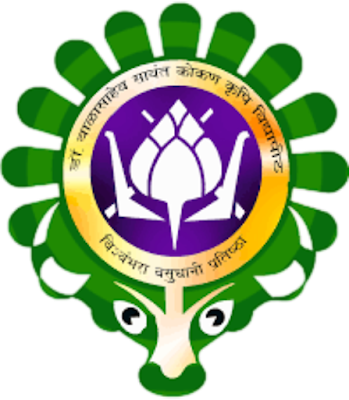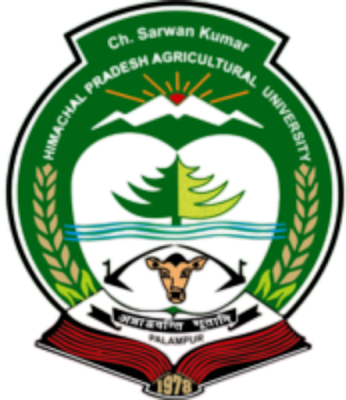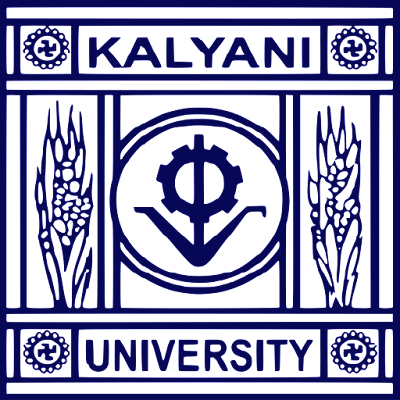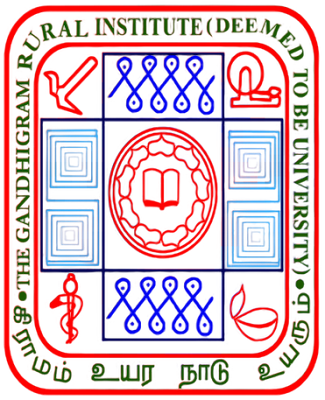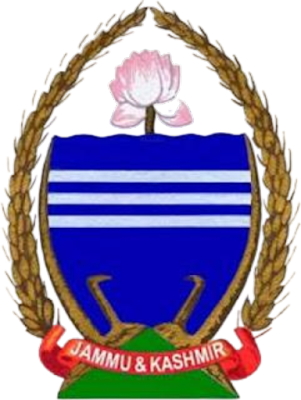GOVARDHAN ECO VILLAGE
.png)
GOVARDHAN ECO VILLAGE The brown and fresh green insignia of Govardhan Eco Village (GEV) has a cow supported by a plough and ensconced by a pair of twigs. Below these its name is written in sans serif bold typeface. The cow and the plough refers to the earth, nature fertility, power, humility, peace, and simplicity; the colour brown earthiness, simplicity, stability, humility, warmth, reliability, endurance, timelessness and tradition and green denotes nature, growth, balance, harmony, environment, vitality and prestige.

